Cultural identity is an idea that sparked my interest a while ago and I started doing personal research on this subject and also went on a spree of visiting ethnographic museums in the areas where I traveled to see how this idea was reflected across various cultures by these so called “guardian institutions”. I’ve collected a lot of information which I plan to share here for whoever is interested in culture, ethnic art, travel and also research.
The Ethnographic Museum of Vatra Dornei is located NE Romania in the historical region of Bukovina and dates back to 1897. It is a local museum, the permanent collection covers various cultural aspects of rural Bukovina (Valea Dornei, Câmpulung Moldovenesc, Rădăuţi, Solca, Stupca, Frătăuţi, Drăgoieşti, Marginea, Păltinoasa, Mănăstirea Humorului, Izvoarele Sucevei) and also arts and crafts by local artisans. The timeline is the end of XIX, first half of XX centuries.
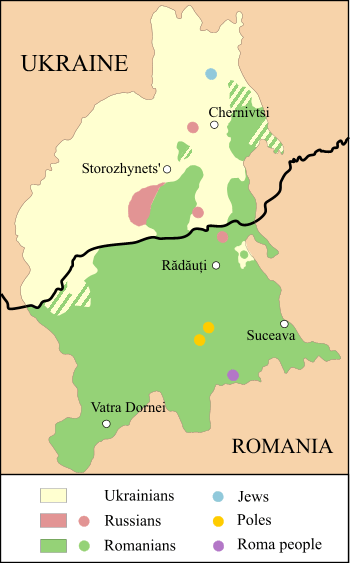
I visited this museum at the end of 2015 and at the time I was mostly interested in the traditional textiles. See below a selection of some of the most interesting.
When I visit an ethnographic museum what I am looking for is not the artistic, aesthetic and idyllic facade of culture, I would like to see what is underneath that facade and to see how these cultural objects and practices relate to modernity and also how the museum is addressing a cultural problem, historical or contemporary, in a critical way. I think this is modern ethnography. This museum is obviously more traditional than modern but so is this region of Romania, where in some parts people still wear their costumes to church. So to a certain degree this place still reflects some of the realities of life in Bukovina. One being that, in Romania museums are poorly funded.
I would have liked too see more of the regions’s cultural diversity reflected in the museum’s permanent exhibition. There were more ethnic groups living in this region and some are still representative to this day, such as the hutsuls.
Peasant blouse Humor area

























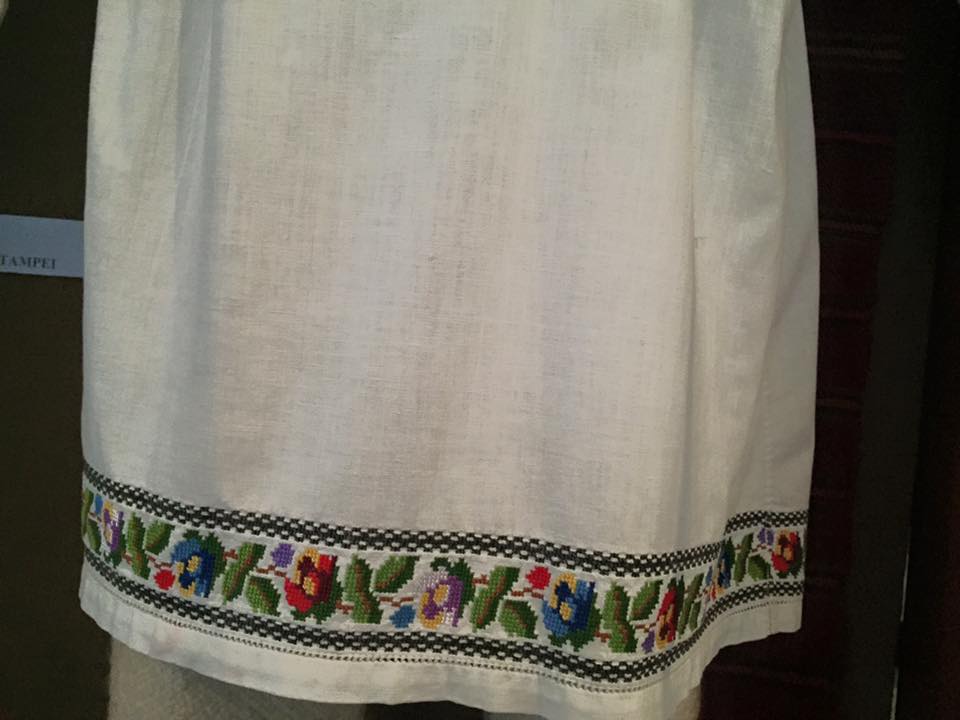



Below some embroidery samples and techniques for shirts.
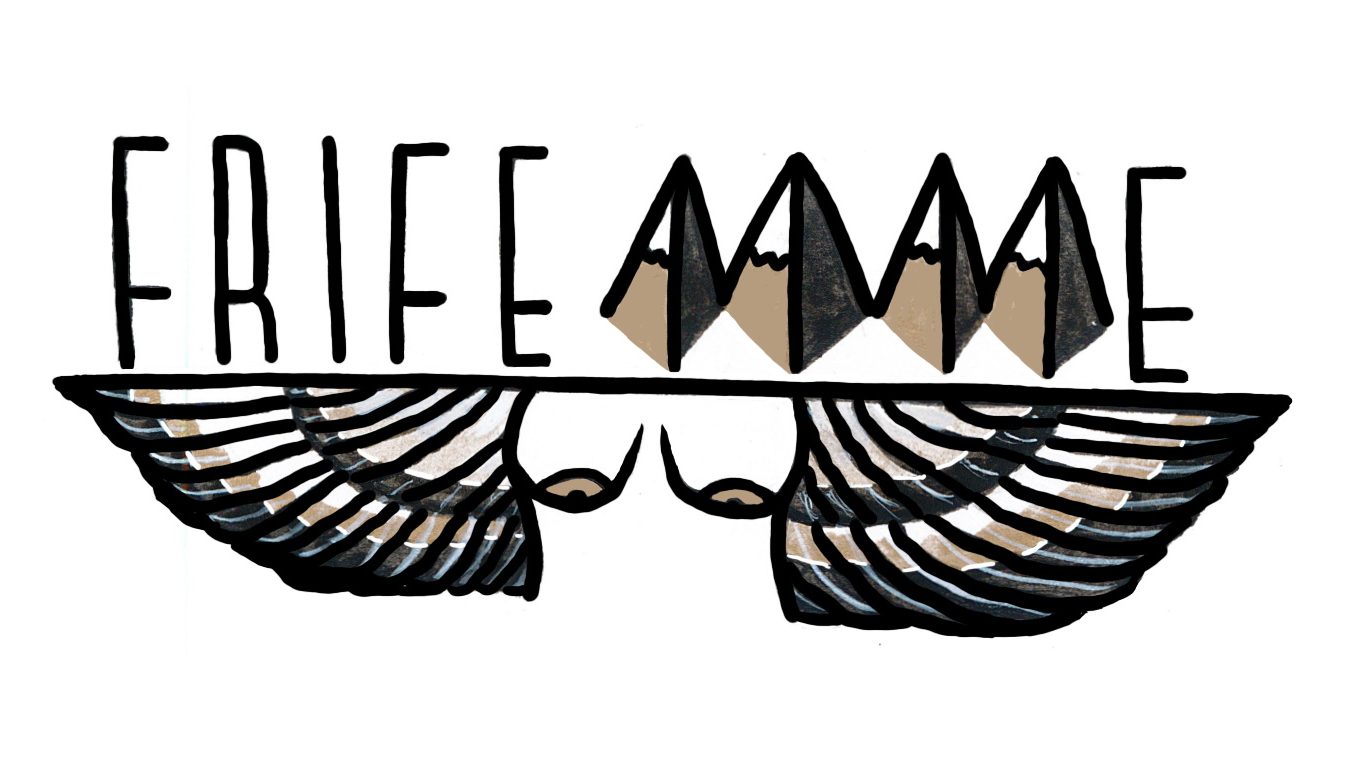








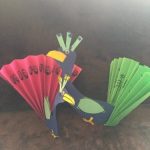
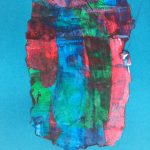
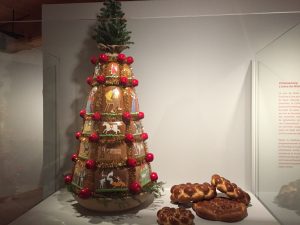
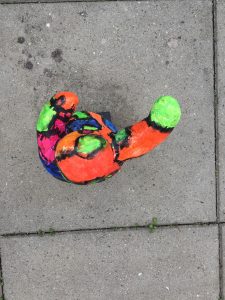
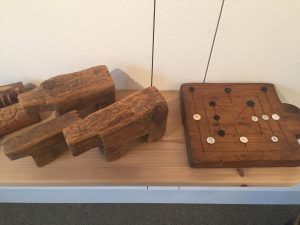
No comment yet, add your voice below!